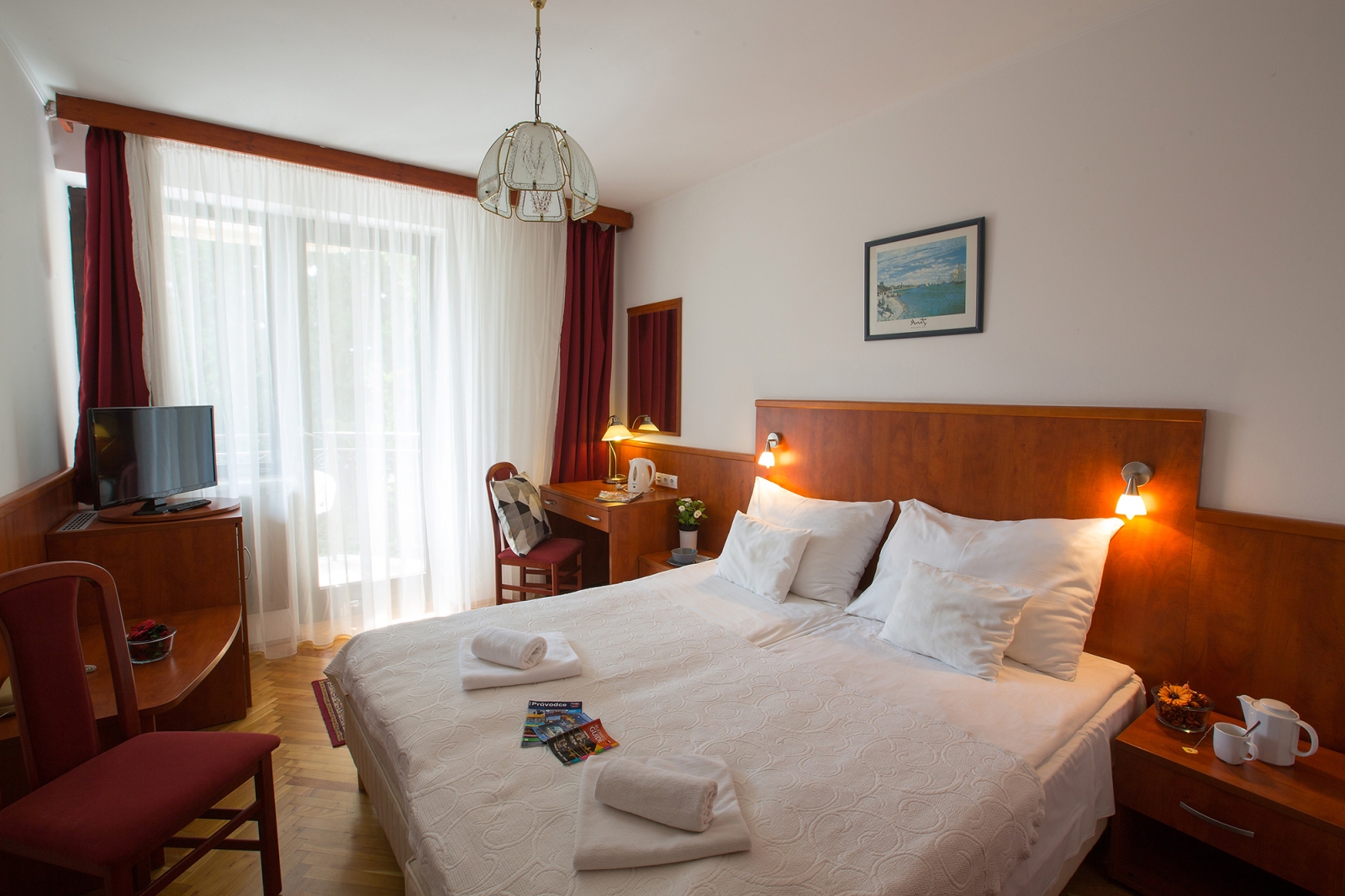It is the second largest
synagogue
in the world, and tied with the Amsterdam Synagogue,
the largest in Europe. It was built between 1854 and 1859 in Romantic style,
on the plans of Ludwig Förster in cooperation with Frigyes Feszl. The building consists of three spacious aisles and seats more than 3,000 people. Due to its strong Oriental style, the use of colourful mud bricks, as well as the wrought-iron structure in its interior, the Dohány Street Synagogue is notable as an architectural landmark. During World War 2, it served as the boundary of the Budapest Ghetto—a fact remembered by The Memorial of the Hungarian Jewish Martyrs, a work of sculptor Imre Varga. The Jewish Museum, holding historical, religious and cultural relics of Hungarian Jewry, is located next to the synagogue.























